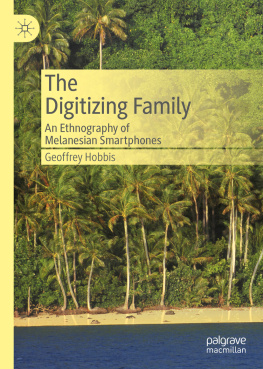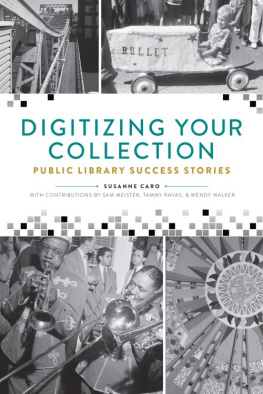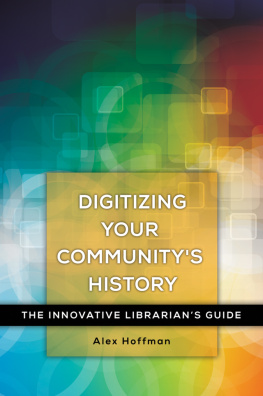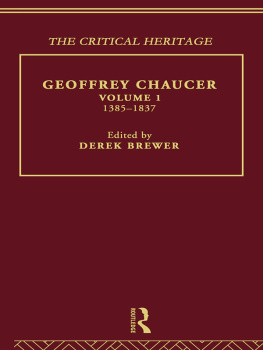Geoffrey Hobbis - The Digitizing Family: An Ethnography of Melanesian Smartphones
Here you can read online Geoffrey Hobbis - The Digitizing Family: An Ethnography of Melanesian Smartphones full text of the book (entire story) in english for free. Download pdf and epub, get meaning, cover and reviews about this ebook. year: 2020, publisher: Palgrave Macmillan, genre: Politics. Description of the work, (preface) as well as reviews are available. Best literature library LitArk.com created for fans of good reading and offers a wide selection of genres:
Romance novel
Science fiction
Adventure
Detective
Science
History
Home and family
Prose
Art
Politics
Computer
Non-fiction
Religion
Business
Children
Humor
Choose a favorite category and find really read worthwhile books. Enjoy immersion in the world of imagination, feel the emotions of the characters or learn something new for yourself, make an fascinating discovery.
- Book:The Digitizing Family: An Ethnography of Melanesian Smartphones
- Author:
- Publisher:Palgrave Macmillan
- Genre:
- Year:2020
- Rating:3 / 5
- Favourites:Add to favourites
- Your mark:
- 60
- 1
- 2
- 3
- 4
- 5
The Digitizing Family: An Ethnography of Melanesian Smartphones: summary, description and annotation
We offer to read an annotation, description, summary or preface (depends on what the author of the book "The Digitizing Family: An Ethnography of Melanesian Smartphones" wrote himself). If you haven't found the necessary information about the book — write in the comments, we will try to find it.
The Digitizing Family: An Ethnography of Melanesian Smartphones — read online for free the complete book (whole text) full work
Below is the text of the book, divided by pages. System saving the place of the last page read, allows you to conveniently read the book "The Digitizing Family: An Ethnography of Melanesian Smartphones" online for free, without having to search again every time where you left off. Put a bookmark, and you can go to the page where you finished reading at any time.
Font size:
Interval:
Bookmark:
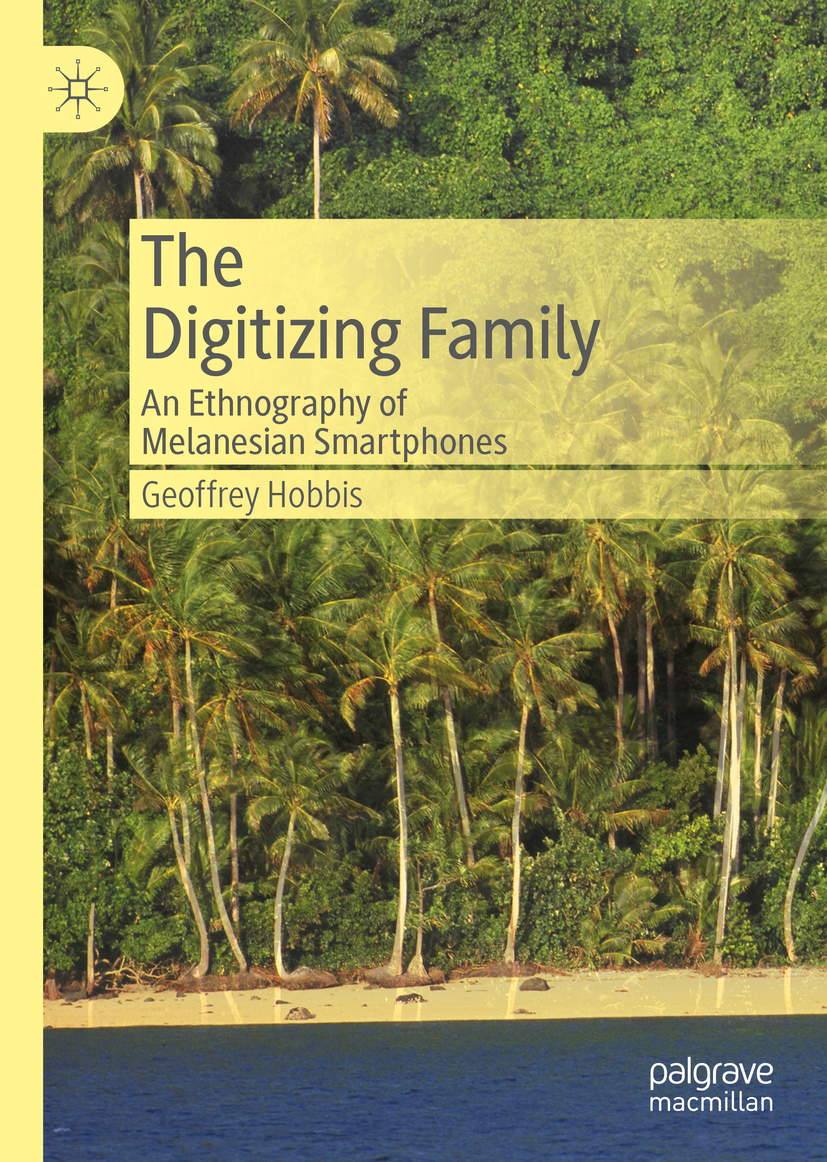

Cover illustration: Scott Winer / Photodisc / Getty Images
This Palgrave Macmillan imprint is published by the registered company Springer Nature Switzerland AG.
The registered company address is: Gewerbestrasse 11, 6330 Cham, Switzerland
I am most indebted to the people of Solomon Islands and especially the villagers of Gwouulu who welcomed me into their lives as a friend. We shared life together and all the joy, sorrow and even boredom that sharing life entails. They were patient teachers, tireless caregivers, great comedians and even better cooks.Tagio asiana!
Particular appreciation goes to Christine Jourdan and Pierre Lemonnier for co-supervising my doctoral research. Thank you, Christine, for inspiring me to undertake this work, and thank you to both for helping me realize this goal. And thank you to Pierre; our many conversations have shaped my perspective on anthropology in profound ways. Thanks to both of you for the rigorous preparation, the support in the field and the many comments on the many drafts of this document.
Pierre Maranda was a friend and mentor. Without his aid, guidance and inspiration I would not have undertaken fieldwork where I did nor would I have been so successful. His death on 5 July 2015, mere months after Stephanie and I returned to Canada from the Lau Lagoon, was a loss to Canadian Anthropology and the Anthropology of Solomon Islands.
Some of the best of what academic life should be can be found in a work space at Aix-Marseille University where the collegial members of CREDO (Centre de Recherche et de Documentation sur lOcanie) incubate the future of Oceanic scholarship. Likewise, I am indebted to the Department of Sociology and Anthropology at Simon Fraser University where I was able to spend six months as visiting graduate student, and to the Tuzin Archive for Melanesian Anthropology at the University of California, San Diego. Without financial support from the Bourse de la Foundation Martine Aublet through the Muse du Quai Branly in Paris I would not have been able to undertake this project and I am eternally grateful.
David Akin has supported and guided me throughout my doctoral studies. Inviting me into his home, tutoring me on the history of Malaita, guiding my research programme and emotionally supporting me through the travails of culture shock and, the much worse, reverse culture shock, I cannot thank him enough. Akin provided inestimable help by reading the many drafts that led to the completion of this document.
So many in the community of the Pacific Islands scholars supported and inspired me. I particularly thank Derek Gwali Futaiasi, Alan Howard, Ben Burt, Christopher Wright, Clive Moore, Tarcisius Tara Kabutaulaka and Jaap Timmer for taking the time to talk with me about my research. I further thank Ben Burt as well as Lissant Bolton and Michael Scott for inviting me to present some of my work at the Melanesian Research Seminar at the British Museum where my work was aided by provoking discussion. I also thank Bob Foster, Frdric Joulian, Eric Wittersheim, Nicholas Nova, Bart Simon, Jean-Philippe Lessard and Lorna Roth for commenting on earlier versions of this text.
Mom and Dad, or to you the reader, Kelly and Glen, without your support and your bottomless well of patience and love I would not have been able to achieve this dream made material in the form of this document. I also thank Stephanies parents, Birgit and Roland. They gave us a place to live and work and made it home during the writing of much of this text. Stephanies entire family supported us with love and warmth and made Pfohren a great place to write.
I would also like to thank the editors at Palgrave and the anonymous reviewers who read an earlier draft of this process. The critique strengthened this work. Of course, all mistakes are my own.
Lastly, I thank my life and research partner, Stephanie Ketterer Hobbis. We shared each step of the process. Without her support I would not have succeeded and without her friendship I would not have enjoyed it as much as I did.

Font size:
Interval:
Bookmark:
Similar books «The Digitizing Family: An Ethnography of Melanesian Smartphones»
Look at similar books to The Digitizing Family: An Ethnography of Melanesian Smartphones. We have selected literature similar in name and meaning in the hope of providing readers with more options to find new, interesting, not yet read works.
Discussion, reviews of the book The Digitizing Family: An Ethnography of Melanesian Smartphones and just readers' own opinions. Leave your comments, write what you think about the work, its meaning or the main characters. Specify what exactly you liked and what you didn't like, and why you think so.

